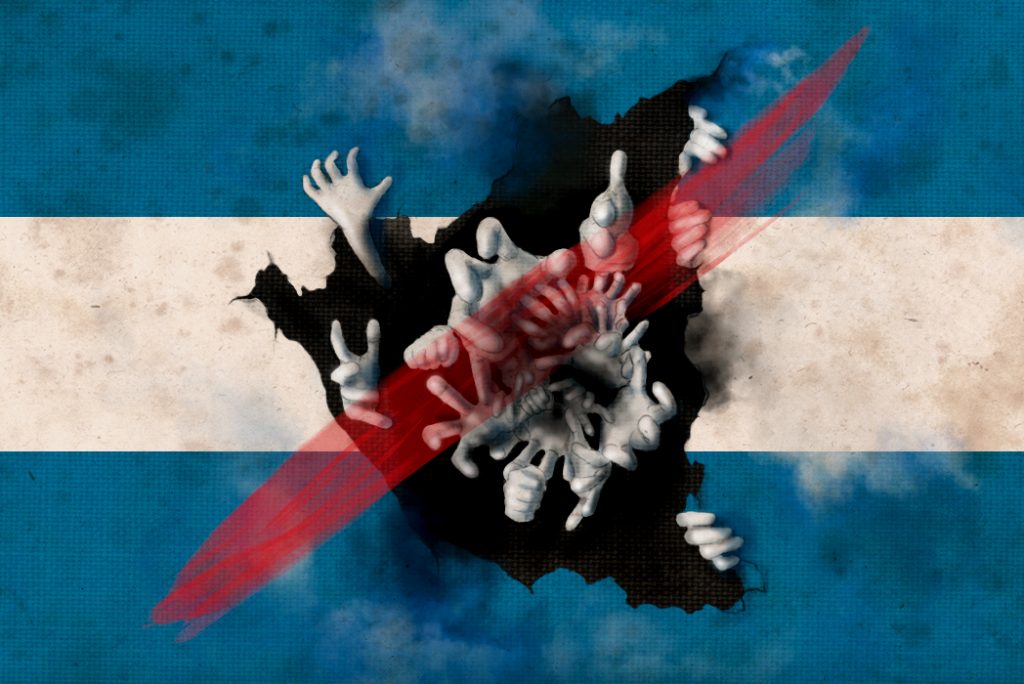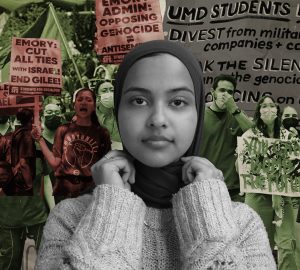Students in Nicaragua are fighting for what they believe in
An in-depth look into the policy and social reforms of the Nicaragua government and how students are protesting
by Kelly Quintana

On April 16, the President Daniel Ortega of Nicaragua sought to address Nicaragua’s deficient with a new social security reform that would raise taxes and change pensions. The spike in taxes includes raising how much a company pays per employee, from 19 percent to 22.5 percent. People who are retired would need to give a percentage of their money back to the government. The raise of pensions means it would be better for small companies to hire under the table, to avoid paying the government and that big companies will start to lay off workers. Ortega attempting to fix his financial mistakes at the expense of the people came with backlash.
The day Ortega made the announcement of his plans for social security reform, the students of Polytechnic University in Managua barricaded their campus — protests broke out on the streets of Managua. The student body saw the injustices of Ortega’s new reform and sought to make their outrage known. In response to the student protest, Ortega ordered the police force of Nicaragua to intervene. The death of students caused an uproar and the surrounding neighborhood, Villa Rafaela Herra, was barricaded with paved stones taken from the streets. Protestors of the government’s handling of the situation walked to streets shouting, “eran estudiantes no eran delincuentes,” translating to, “they were students not criminals.” The increase of protestors also increased the numbered of those injured.
The Roman Catholic Church offered refugee for those who were injured by the police force. Reports of what was happening in Nicaragua during the start of the protest was minimal and the number of injured and dead was undetermined however, Nicaragua’s human rights group reported over 25 lives were lost. Ortega, to keep the issue under wraps, cut off the signals of news broadcasting and attempted to keep the issue within Nicaragua — but social media platforms like Facebook operated as news outlets. Students in the United States began using the hashtags #Nicaraguaenlibertad and #SOSNicaragua. After an American journalist was shot on Facebook live, the white house condemned Nicaragua for its extreme actions against the protesting students.
In order to defuse the situation from worsening and the death toll from rising, Ortega stopped the social security reform on April 22. On April 23, the students and other members of the community protested for Ortega to resign from office. The student leaders stressed that their cause was more than a social reform —that it’s a fight for their freedom and democracy. These students were imprisoned and released only as an attempt to defuse an uprising. The students who had been captured left captivity with bruises and shaved heads. Nicaragua’s human rights group reported that over 150 protestors were arrested.
After a week of protests, some students had left the movement, too tired or too beaten down to stay. Classrooms have been filled with necessities such as water, food and medical supplies. The students said it’s not a military barricade, but to provide aid to those protesting. Students have been injured and have lost friends to this movement.
As of now, students have agreed to use the Roman Catholic Church as a mediator to negotiate with the government. They call themselves the “19th of April Student Movement” in honor of those who died when the protesting began. When asked if they had a political affiliation a student leader, Jessenia Valeska Valle Daurte said, “We ask the people of Nicaragua not to abandon us. Their struggle, I’ll repeat it again, is our struggle. We are going to make demands until they are fulfilled.”






















